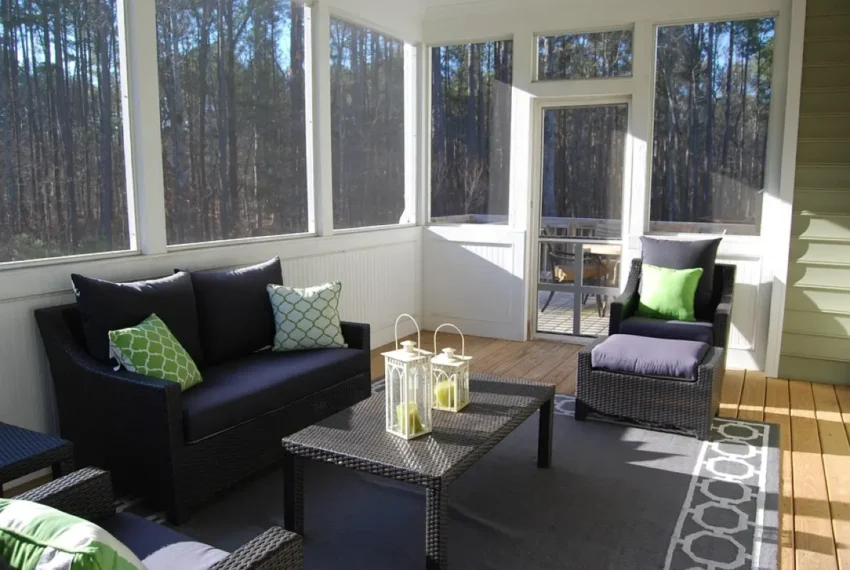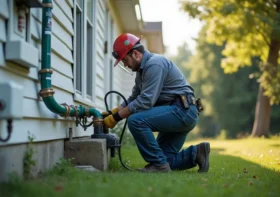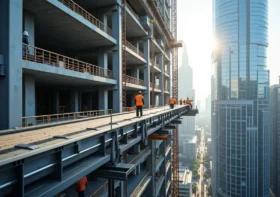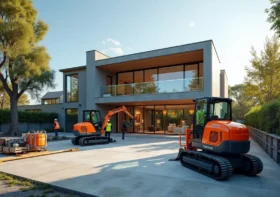What Homeowners Should Know Before Building a Sunroom

Building a sunroom can elevate your home, creating a space that blends the beauty of the outdoors with the comfort of indoor living. This addition extends your living area, providing a multifunctional space perfect for relaxation, entertainment, or even an office.
However, before embarking on this project, understanding several key aspects is critical. From local building codes to design preferences, each element plays a significant role in how successful your sunroom will be.
Contents
Your Town’s Building Codes
Understanding local building regulations is the first step. Many municipalities have specific codes regarding construction projects that can greatly influence your plans. This may include restrictions on the size of the structure, the types of materials used, and even its placement on your property. Permits may be necessary before construction begins, and these can take time to process. Start by contacting your local zoning office.
They will provide insights into area regulations and assist in navigating any complexities. Being well-informed helps avoid unexpected delays or potential fines during the building process. You may want to check whether you need to adhere to homeowners’ association (HOA) guidelines if you live in such a community. Researching these regulations can save you headaches down the line and help ensure that your sunroom complies with all requirements.
It’s wise to review how building codes impact safety features like electrical wiring, insulation, and fire resistance, as these often have strict requirements. Some regions mandate energy efficiency standards, which could influence your choice of windows or roofing materials.
If your property lies in an area prone to flooding or severe weather, additional structural reinforcements may be required. Consulting with a licensed contractor familiar with your town’s codes can clarify these obligations and streamline the approval process. Taking these steps early ensures your project moves forward smoothly without costly modifications later.
Bug Prevention and Maintenance
Proper maintenance is important for any sunroom regarding pest control and bug prevention. Bugs can be a nuisance, potentially ruining your outdoor enjoyment. To combat this, think about incorporating features that help minimize unwanted visitors.
Specialized screens are one effective solution that keeps bugs out while allowing fresh air into your space. Utilize sunroom bug prevention tips, like maintaining a clean space and removing any food or waste promptly. Regular cleaning discourages pests and preserves the appearance of your sunroom.
Another helpful measure is investing in bug-repelling plants such as lavender or marigolds, which can add beauty while acting as natural deterrents. Outdoor lighting can attract pests, so strategically place lights away from the sunroom entrance or use yellow-toned bulbs that are less attractive to insects.
Regular inspections of the structure for cracks or entry points will help keep your sunroom pest-free. Keep in mind that certain materials may require more maintenance than others. Vibrant colors or ornate details may need touch-ups, while smoother, more durable finishes might stand the test of time. The less maintenance required, the more enjoyment you’ll derive from the space without unnecessary interruptions.
Sunroom Design Considerations
Designing your sunroom is more than just selecting materials and colors; it involves envisioning how you will use the space. Common uses for sunrooms encompass relaxing, hosting friends, or engaging in hobbies.
Each of these purposes can influence your design choices, including furniture selection and layout. When planning the design, take into account the orientation of your sunroom. South-facing sunrooms receive more sunlight throughout the day, providing an airy and bright atmosphere.
East-facing rooms capture morning light, and west-facing spaces tend to bask in the sunset glow. Think about how these daylight patterns will affect your comfort and the functionality of the space. In terms of aesthetics, matching the sunroom to your existing home is important for visual harmony. Whether opting for contemporary styles with large glass panes or cozy designs with wood accents, ensure your sunroom complements your home’s architecture. This attention to detail enhances the final look and influences property value.
Determining the right furniture and decor can further refine the ambiance. Selecting pieces that can withstand sunlight and temperature fluctuations is vital, as this helps maintain the room’s appeal. Include elements of nature with plants or natural decor to blur the lines between inside and outside. Make sure your aesthetic choices reflect your personal style while prioritizing comfort.
Budgeting for Your Sunroom
Establishing a realistic budget is a critical aspect when considering a sunroom. This involves more than just the initial cost of materials, takes into account labor, permits, furniture, and potential landscaping adjustments. It’s easy to become enamored with design possibilities, but sticking to a budget can prevent overspending. Begin by getting quotes from contractors to understand labor costs in your area.
Comparing prices and ensuring that estimates include all potential expenses will provide clarity as you move forward. Keep in mind that cheaper materials can lower initial costs but may lead to expenses down the line due to maintenance or repairs. After deciding on a budget, allocate funds appropriately across different categories.
Prioritize quality materials for the structure itself while being open to more budget-friendly options for furnishings. By striking this balance, you can create a beautiful space without breaking the bank. Some homeowners opt for phased construction, allowing them to complete major structural components first and finish decorative aspects later. This approach can make the project more manageable financially while still progressing towards your desired outcome.
Choosing the Right Contractor
Selecting a reliable contractor can make or break your sunroom project. Take the time to research different professionals, checking for credentials, referrals, and reviews. A good reputation speaks volumes, and personal recommendations can provide valuable insight into potential candidates. Once you’ve narrowed your options, schedule interviews to discuss your vision. Observe how attentive they are to your ideas while evaluating their knowledge of sunroom construction.
Ask for examples of previous work that showcases their experience in building similar structures. This will help solidify your confidence in their capabilities. Don’t forget to ask about warranties on workmanship and materials.
A reputable contractor should stand by their work and ensure no defects. This protection is comforting and potentially saves you costs in the long run if issues arise. Set clear expectations and timelines when confirming your contractor to ensure accountability. Thorough communication throughout the project can address any concerns before they escalate.
Building a sunroom represents a significant investment in your home and quality of life. Considering all the factors, including local codes, design preferences, budgeting, and maintenance strategies, lays the groundwork for a successful project. Taking the time to plan thoroughly and consult the right professionals will ensure that your sunroom enhances your home for many years.



